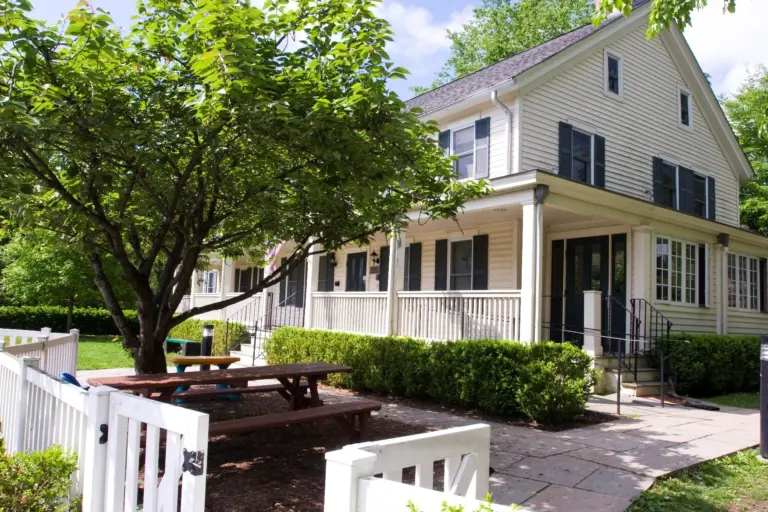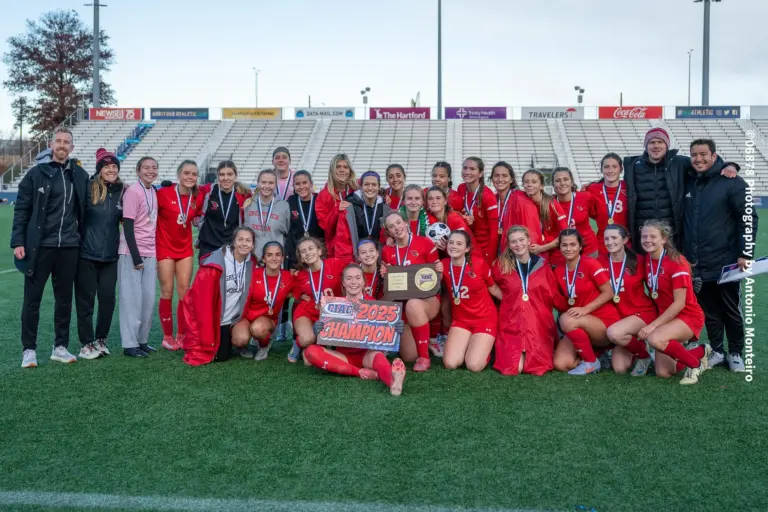Halloween is nearly upon us, and some of our scariest myths and folklore will soon be out and about—goblins and ghouls on front lawns, talking skeletons in doorways, and spiders as large as watermelons hanging from the ceiling. Amid this spooky imagery is another Halloween icon that moves in near complete silence at night, has forward and backward facing toes, can rotate its neck 270 degrees to glare at anything lurking behind, and eats its prey whole (bones and all)—but this creature is no myth. It’s very much real, and it’s something some of us have already seen perched on a tree or heard hooting at night—it’s an owl.
Owls inspire awe and terror, and rightly so. Their eyes are so large that it seems nothing escapes their notice, and they can execute lethal surprise attacks on their prey. However, despite the prowess and skill that owls possess, their survival is threatened. Climate change and development lead directly to habitat loss. As more and more owls lose trees, grasslands, burrows, and other spaces to live in, less and less survive every year. One area particularly affected by climate change is the Arctic, where Snowy Owls live. Since 1970, Snowy Owls have declined by over 60 percent and are now listed as a Vulnerable Species. The conservation situation of Long-eared Owls seems especially bleak as they’ve experienced a decline of 91 percent across the North American continent—more than any other owl species.
Owls now sometimes find themselves in cities, and struggle to survive in urban life. A beloved New York City Eurasian Eagle-Owl named Flaco passed away earlier this year. Although he was not native to the area because he was originally a zoo animal, the locals loved him. After he escaped the Central Park Zoo, he quickly became a Central Park birding celebrity. It was a good day indeed if you got a glimpse of Flaco soaring through the trees and fields of Central Park. Earlier this year, Flaco struck a window, and the resulting injuries were lethal. An autopsy was conducted when they found him, in which they discovered he had contracted a disease called pigeon herpesvirus (contracted from eating feral pigeons) and the remnants of four different kinds of rat poison commonly used throughout the city. Researchers and zoo staff agreed that the disease and the damage from rat poison could be the reasons for his window strike as Flaco suffered from overall poor health and strength.
Owls are particularly susceptible to rodenticides, as rodents and small mammals are their usual prey. Rodenticides are particularly harmful due to their longevity. It often takes a few days for a rat to die of rat poisoning. If that rat gets eaten by an owl before its death, that owl now has a large dose of poison inside its body. If the owl eats the rat after it dies, that owl will almost certainly be poisoned—rat poison can take anywhere from a few days to a few weeks to fade from a rodent’s system. As rodenticides become more common and unregulated, more and more birds we love begin to eat poisoned food. The damage is clear as individual owls that are important to communities, such as Flaco, die from rat poison and as owl population numbers begin to plummet.
Limiting your use of rodenticides and supporting regulations on rat poison aren’t the only ways you can help owls. Since owls are active during dusk and dark hours, designing outdoor lighting with nocturnal animals in mind is another big step. Turning off your outdoor lights when you no longer need them, using a timer, or a motion sensor helps reduce the amount of light during nighttime hours, and thus benefits animals that thrive in darkness. Using warm lighting instead of cool lighting is also beneficial, as it is less harsh to the eyes of nocturnal animals.
Simply learning about owls and what makes them unique is another way to instill a passion for their conservation. Nature centers such as the Greenwich Audubon Center take it upon themselves to teach the public about these beautiful birds. Every October, the Greenwich Audubon Center hosts “Owl-Oween,” an event with live animals, owl pellet dissections, games, and more, all focused on appreciating and understanding more about owls. This year, Owl-Oween will be on Saturday, October 26th, and the Greenwich Audubon Center Naturalists will be prepped and ready to celebrate, teach about, and further learn about owls.
Owls are beautiful birds that deserve our admiration, and they deserve survival. A world without owls is a world hard to comprehend—they are so much a part of our culture, from our holidays and our autumn traditions, to our movies and popular culture (there was even an entire generation of kids that fantasized about getting a certain letter delivered by an owl after Harry Potter hit the shelves). We have a creature in our midst that seems like the stuff of spooky folklore, but it’s real. Owls are fierce creatures and skilled hunters, driven to survive—let’s help them thrive.
Josey Gardner is the Sr. Center Assistant at the Greenwich Audubon Center. She is passionate about both conservation and outdoor recreation, and has worked with various nature centers, state parks, and outdoor guiding companies.





